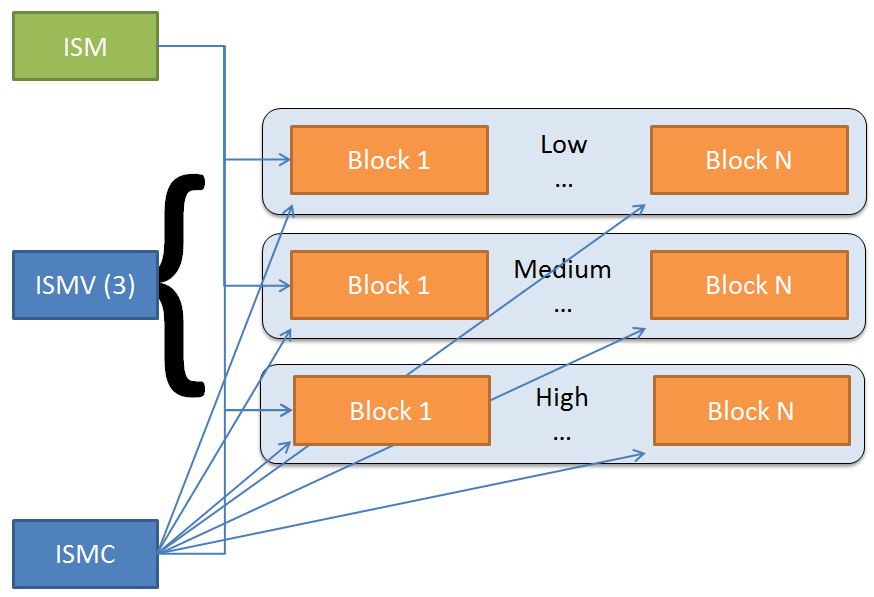AWS News Blog
Amazon Elastic Transcoder Now Supports Smooth Streaming
![]() Amazon Elastic Transcoder is a scalable, fully managed media (audio and video) transcoding service that works on a cost-effective, pay-per-use model. You don’t have to license or install any software, and you can take advantage of transcoding presets for a variety of popular output devices and formats, including H.264 and VP8 video and AAC, MP3, and Vorbis audio formatted into MP4, WebM, MPEG2-TS, MP3, and OGG packages. You can also generate segmented video files (and the accompanying manifests) for HLS video streaming.
Amazon Elastic Transcoder is a scalable, fully managed media (audio and video) transcoding service that works on a cost-effective, pay-per-use model. You don’t have to license or install any software, and you can take advantage of transcoding presets for a variety of popular output devices and formats, including H.264 and VP8 video and AAC, MP3, and Vorbis audio formatted into MP4, WebM, MPEG2-TS, MP3, and OGG packages. You can also generate segmented video files (and the accompanying manifests) for HLS video streaming.
Earlier this year we improved Elastic Transcoder with an increase in the level of parallelism and support for captions.
Today we are adding support for Smooth Streaming (one of several types of adaptive bitrate streaming) over HTTP to platforms such as XBox, Windows Phone, and clients that make use of Microsoft Silverlight players. This technology improves the viewer experience by automatically switching to data streams of higher and lower quality that are based on local network conditions and CPU utilization on the playback device. In conjunction with Amazon CloudFront, you can now distribute high-quality audio and video content to even more types of devices.
New Smooth Streaming Support
Adaptive bitrate streaming uses the information stored in a manifest file to choose between alternate renditions (at different bitrates) of the same content. Although the specifics will vary, you can think of this as low, medium, and high quality versions of the same source material. The content is further segmented into blocks, each containing several seconds (typically two to ten) of encoded content. For more information about the adaptation process, you can read my recent blog post, Amazon CloudFront Now Supports Microsoft Smooth Streaming.
Each transcoding job that specifies Smooth Streaming as an output format generates three or more files:
- ISM — A manifest file that contains links to each rendition along with additional metadata.
- ISMC — A client file that contains information about each rendition and each segment within each rendition.
- ISMV — One or more movie (PIFF) files (sometimes known as Fragmented MP4).
The following diagram shows the relationship between the files:

Getting Started
If you are familiar with Elastic Transcoder and already have your pipelines set up, you can choose the Smooth playlist format during the job creation process. For more information, see Creating a Job in Elastic Transcoder. If you are new to Elastic Transcoder, see Getting Started with Elastic Transcoder.
After you create an Elastic Transcoder job that produces the files that are needed for Smooth Streaming, Elastic Transcoder will place the files in the designated Amazon Simple Storage Service (Amazon S3) bucket. You can use the Smooth Streaming support built in to Amazon CloudFront (this is the simplest and best option) or you can set up and run your own streaming server.
If you embed your video player in a web site that is hosted on a different domain from the one that you use to host your files, you will need to create a clientaccesspolicy.xml or crossdomainpolicy.xml file, set it up to allow the appropriate level of cross-domain access, and make it available at the root of your CloudFront distribution. For more information about this process, see Configuring On-Demand Smooth Streaming. For more information about configuring Microsoft Silverlight for cross-domain access, see Making a Service Available Across Domain Boundaries.
Get a Smooth Start with Smooth Streaming
This powerful new Elastic Transcoder feature is available now and you can start using it today!
— Jeff;